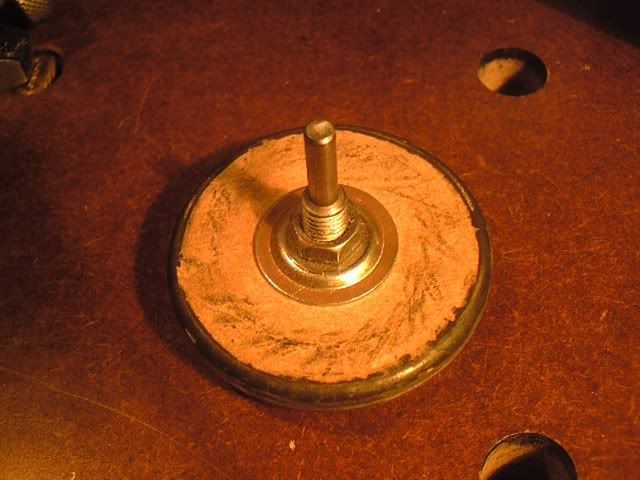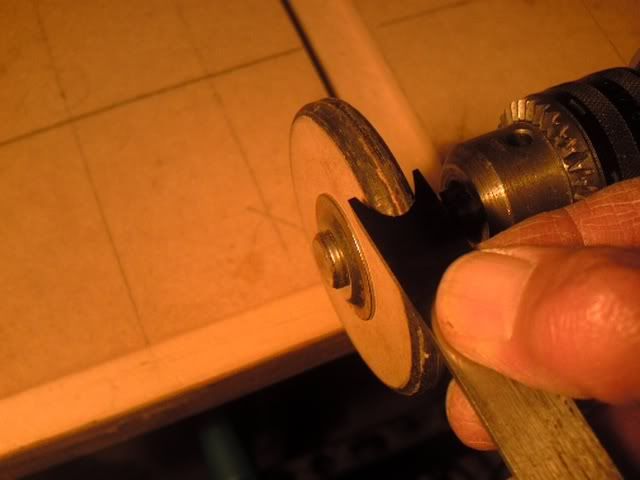devonwoody
Established Member
Purchased the 405 combination plane last week from the Sale/wanted section.
Picked up this manual form the web if anyone is interested.
http://www.elsewhere.org/woodworking/Re ... Manual.pdf
Nice set of blades (23) however the sharpening of those fluting blades is going to give me some headaches, I suppose I could get out some emery paper and dowelling and start now ready for next spring.
Picked up this manual form the web if anyone is interested.
http://www.elsewhere.org/woodworking/Re ... Manual.pdf
Nice set of blades (23) however the sharpening of those fluting blades is going to give me some headaches, I suppose I could get out some emery paper and dowelling and start now ready for next spring.












